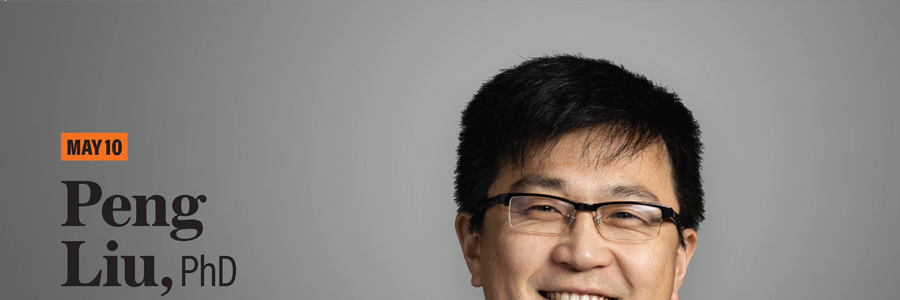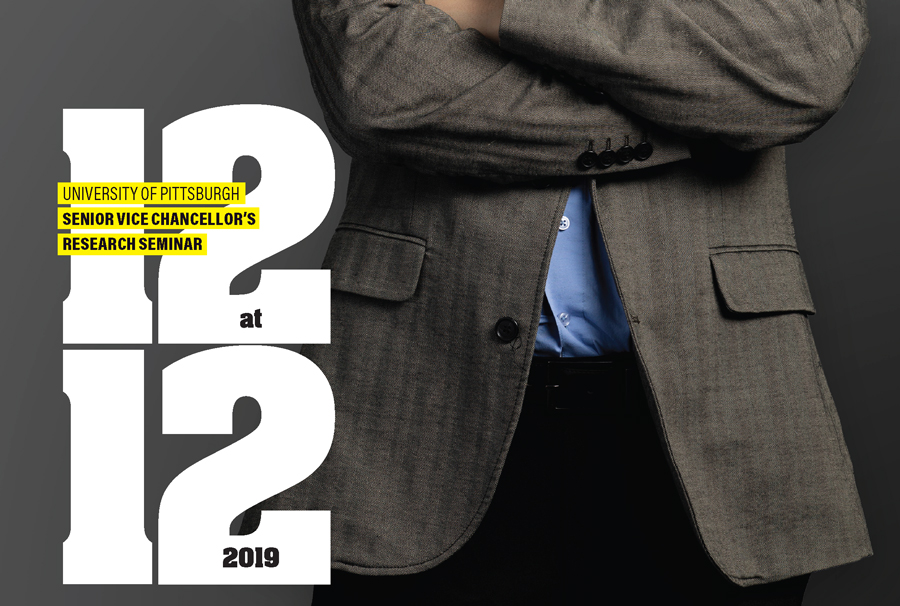Topic Overview:
Due to limited mechanistic insights and the complexity of catalyst-substrate interactions, catalyst design and optimization in transition metal catalysis are often based on chemical intuition and experimental trial and error. Liu will discuss his recent efforts to utilize a streamlined computational approach to understand and predict the reactivity and selectivity of transition metal catalysts for various catalyst and directing group-controlled reactions, including the functionalization of C-H/C-C bonds and olefins and polymerization reactions. Liu and colleagues’ approach is based on quantitative investigations of various steric, electronic, dispersion, and strain effects of the transition metal catalyst, the ligand, and the directing group. Computational models were developed to provide a straightforward way to identify the dominant factor controlling reactivity and selectivity. For catalyst-controlled reactions, Liu and colleagues used the Ligand-Substrate Interaction Model to quantitatively analyze different types of through-bond and through-space interactions between the metal catalyst and the substrate. For reactions employing heteroatom-containing directing groups, they developed a Transition State Ring Strain Modelto predict the ring-strain effects of the directing group. Finally, these theoretical insights are used to develop multivariate mathematical equations using simple physical organic chemistry parameters to rapidly predict the reactivity and selectivity of transition metal catalysts.










